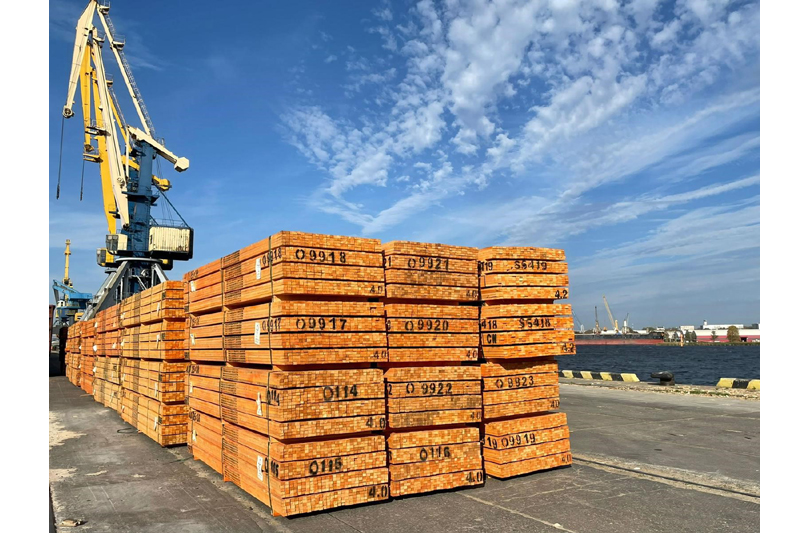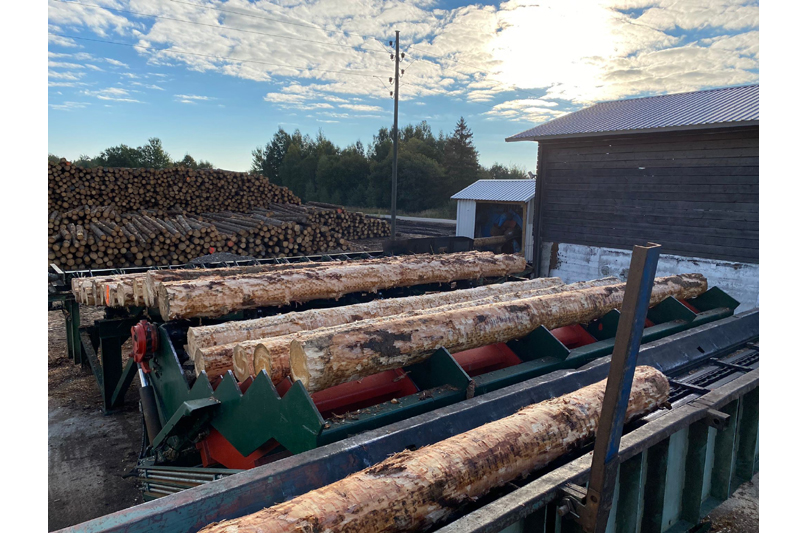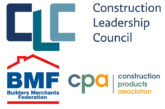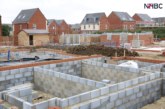
Shaun Revill, Trading Director at SR Timber, discusses the importance of sourcing good quality timber in a market coming under increased pressure.
As 2022 continues to prove challenging for the industry due to product availability and price increases, we must continue to look forward and manage the impacts these challenges will have on businesses. The latest challenge for the timber industry is, of course, the war in Ukraine which has seen timber stocks from Russia and Belarus removed from the supply chain.
Granted, the UK’s purchases were relatively small in volume from these regions in comparison to overall supply requirements. However, we can’t deny the effect it will have on countries which have purchased large amounts from Russia and Belarus — and who will now be turning to other sources of timber.
This potentially will place greater stress on other providers as demand begins to outstrip supply in certain product lines.
One immediate quality control check we recommend is to ensure your supply chain isn’t purchasing conflict timber from these regions. Conflict timber shouldn’t be used in the UK and as a result of supply constraints, we’ve seen an increase in substandard products entering the market.
The good news is stock in the UK remains positive, however at this pace we can expect to see availability becoming a challenge. Indeed, as supply begins to tighten up, it becomes increasingly important to understand the role that certification, supply chain, and quality has on product.
Starting with sustainability
Timber can be seen to be a viable alternative to more traditional, carbon intensive materials, however this doesn’t mean it is intrinsically a sustainable product. It is a manufacturers’ and suppliers’ duty of care to ensure that products meet all the regulations necessary to be classed as sustainable.
Likewise, customers need to check documentation to ensure the manufacturers and suppliers sustainability claims are valid.
The Forest Stewardship Council (FSC) or Programme for the Endorsement of Forest Certification (PEFC) are the two main sustainability certifications to look out for. These signify the timber is sourced from is a correctly sustained forest, preserving biodiversity levels. And verifying that the timber carries one of these marks is critical if you’re looking to demonstrate your environmental credentials or hit sustainability goals.
Manufactured to British Standards
If you know your timber is coming from a sustainable source, the next factor in the supply chain is how it’s produced. Proper duty of care ensures the facilities used to manufacture roofing battens are up to standard and as such, the batten achieves the required grading accreditation.
For example, the SR Timber sawmill partner is audited by CATG, a UKAS approved third-party accreditation scheme. CATG ensures the manufacturer correctly follows their management procedures, regularly and randomly audits the production facilities, as well as physically checks produced stock fully conforms to BS 5534:2014 + A2:2018.
This is recognised by controlling bodies, local authorities, and home warranty providers, as well as trade organisations such as the NHBC, NFRC, and Timber Development UK.

What makes a graded batten?
All graded battens should be dimensionally accurate — here, BS 5534:2014 + A2:2018 allows for a tolerance of -0mm / +3mm on the thickness, (25mm), and -3mm / +3mm on the width (which will be 38mm or 50mm). The strength of the batten is dependent on slope of grain, number of growth rings, quantity and dimension of knots being within regulations.
This is especially important when we look at the role that battens have in the construction of the roof. For instance, the Health and Safety executive document HSG33 recommends that on pitched roofs the battens can be used as secure footholds in line with the truss, but only if they are graded battens produced to the standard BS 5534:2014 + A2:2018.
This is a lot of information to take in and to check each time. To make it easier to identify if a batten is the right quality, every single graded batten will be individually marked. Every British Standard batten must be clearly marked with ‘Graded BS 5534’. It must also have the batten size — either 25 x 38 or 25 x 50. It should also be marked with the supplier or producer mark, identified as imported, as well stating the species code: PNSY for Pine or WPCA for Spruce.
Checking the chain of custody
When it comes to validating stock, merchants can start with sustainability by cross-checking against registered suppliers on the FSC or PEFC websites. We also recommend checking all delivery notes, invoices to ensure that what has been delivered is a true graded roofing batten.
Finally, simple checks such as measuring if the thickness is 25mm can identify if a batten is fit for purpose. If under 25mm, the batten will fail to pass the British Standard allowed tolerances and isn’t a true graded batten.
There will no doubt be pressures on the supply chain to get timber into stock in the summer months, but it’s important that all product is sustainably sourced, correctly graded, and fit for purpose therefore is safe to install.
For SR Timber, our production process is set up in a way to ensure our roofing battens tick all the boxes when it comes to sustainability, quality, and the UK building industry standards.
Click here for more information on graded battens from SR Timber.
A version of this article appeared in the June edition of PBM. Click here to read the full digital issue online.









